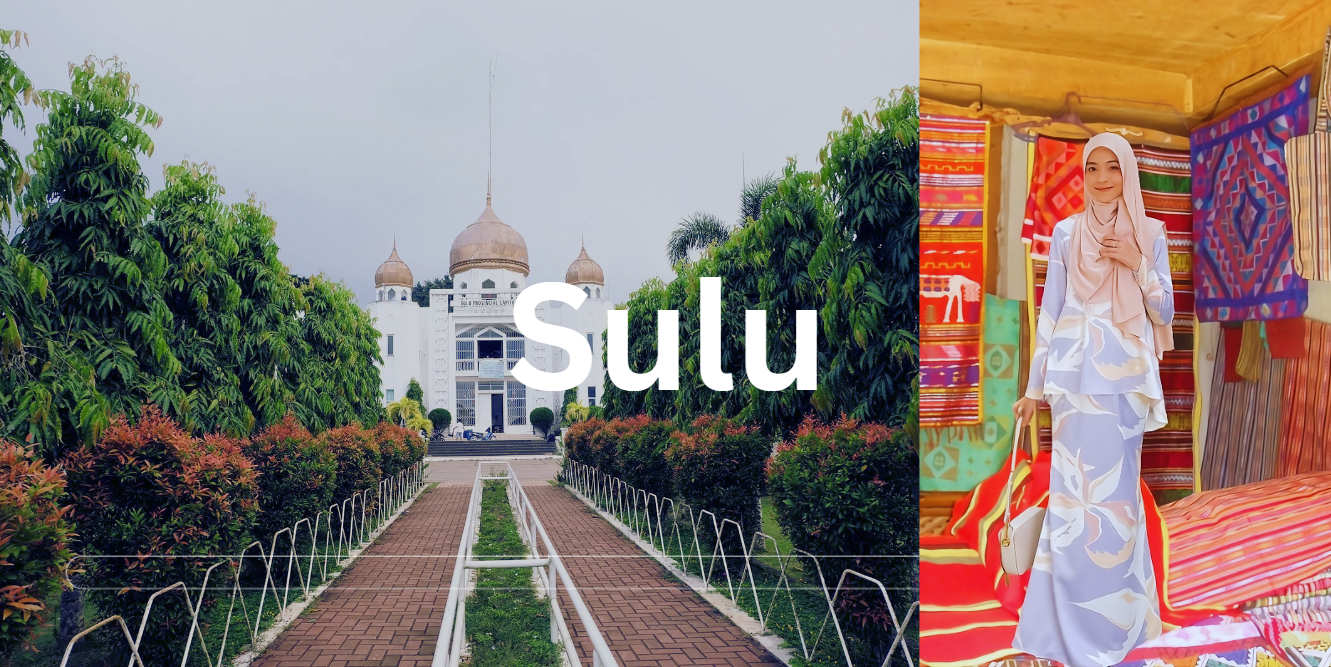Sulu is a province in the Philippines, part of the Bangsamoro Autonomous Region in Muslim Mindanao (BARMM)[1], situated in the Sulu Archipelago alongside Lanao del Sur[2] and Maguindanao[3] in central Mindanao. The province’s capital is the Municipality of Jolo.
Sulu covers a land area of 3,436.99 square kilometers (1,327.03 square miles). As per the 2015 Census, the population of Sulu was 824,731, representing 21.81% of the total population of BARMM, 3.42% of Mindanao’s population, and 0.82% of the entire population of the Philippines. The population density is approximately 240 inhabitants per square kilometer (621 inhabitants per square mile).
History of Sulu
Sulu, historically referred to as Luaph Sug (Land of the Current), traces its roots to the arrival of Islam in the Philippines. The island’s history is deeply intertwined with the introduction of Islam through Muslim missionaries, traders, and scholars, most notably Karim-ul Makhdum, an Arab missionary who played a key role in establishing Islamic governance in the principality of Buansa.
The Sultanate of Sulu was born from the marriage of Rajah Baguinda’s daughter Paramisuli to Sayid Abubakar, an Arabian scholar who became the first Sultan of Sulu. The Sultanate eventually extended its influence to the Zamboanga Peninsula, Palawan, Basilan[4], and even Sabah, which was granted to the Sultanate in 1704 as a reward for aiding in ending a Brunei civil war.
Sulu fiercely resisted Spanish colonization, which led to the Moro Wars from 1578 to 1899. Despite Spanish attempts to conquer the region, it was the ceding of the Philippines to the United States that marked the end of Spanish occupation and began the American era. The Bates Agreement of 1899 between Sultan Jamalul Kiram II and Brigadier General John Bates signaled the decline of the Sultanate’s power, and in 1915, Sultan Jamalul Kiram II relinquished his temporal powers to the Americans through the Carpenter Agreement.
Sulu became a province on March 10, 1917, through Commonwealth Act No. 27-11, with a foundation day celebrated on September 18 every year, as per Provincial Ordinance No. 01 series of 1993.
People of Sulu
The dominant ethnic group in Sulu is the Tausug, known for their political and religious institutions. The Tausugs primarily inhabit the municipalities of Jolo, Indanan, Siasi, and Patikul in Sulu, with scattered settlements in Zamboanga del Sur, Cotabato, and Malaysia, which has an estimated Tausug population of over 110,000.
The name Tausug is derived from the words tau (person) and suug (the old name for Jolo Island). The Tausug language originates from the vocabulary of the Tagimaha, an ethnic group that played a significant role in the establishment of Buansa, the capital of the Sultanate of Sulu. The Tausug language has two main dialects: parianum, spoken by coastal dwellers, and gimbahanun, spoken by those living in the island’s interior regions.


